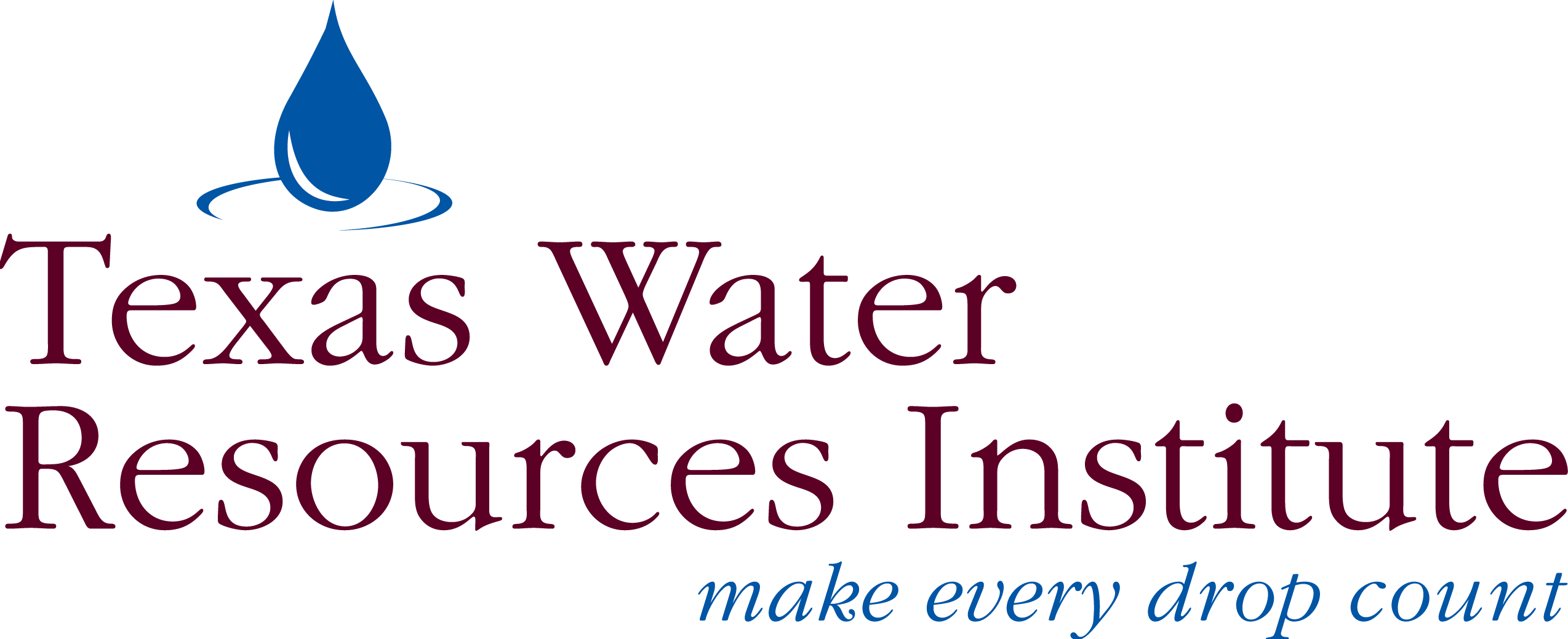
txH2O Winter 2022
The Future of Water

Colonias: The Canary in the Water Security Coal Mine
Across the United States, more than two million people lack access to running water and basic indoor plumbing. Those who have access to water may still be without water that is safe, reliable and affordable. Between June 2016 and June 2019, nearly 130 million people’s drinking water came from distribution systems in violation of the law.

The rapidly growing interest around big data in water is not surprising; the possibilities big data has for water-related work and research could make U.S. water systems more sustainable both in agriculture and at home.

The Future of Water Infrastructure in the U.S. and Texas
The U.S. population is growing and the climate is changing, yet the water systems Americans depend on have remained mostly unchanged for over a century.

Bigger is not Always Better: Decentralizing Texas’ Wastewater Infrastructure
Washing and sanitizing bodies, hands, surfaces and clothing are all normal parts of life. When people flush the toilet, take showers and clean the dishes, the resulting wastewater miraculously disappears without much thought. These activities are only possible with a safe and adequate wastewater treatment system.

A growing U.S. population means growing demands on the U.S. water system. But keeping the water system running, let alone expanding it to meet future demands, requires a skilled and varied workforce.

Storms, Saltwater, Sewage and Air: Finding Freshwater in a Changing World
“As the population grows, and as climate change becomes really concerning, how can we accommodate these growing droughts?”
To meet that challenge, researchers are looking for freshwater in unexpected places.


